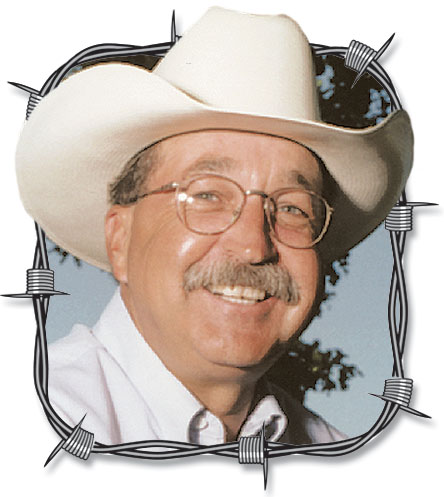 Over the past summer, I’ve read about several significant archeological discoveries. From the sands of the Sahara desert blowing away to expose never-before-seen pyramids…to glaciers that melted enough to reveal perfectly preserved humans and animals…it seems that scientists are constantly uncovering age-old artifacts. These ancient historians have nothing on me.
Over the past summer, I’ve read about several significant archeological discoveries. From the sands of the Sahara desert blowing away to expose never-before-seen pyramids…to glaciers that melted enough to reveal perfectly preserved humans and animals…it seems that scientists are constantly uncovering age-old artifacts. These ancient historians have nothing on me.
A few months ago, one of Judy’s friends mentioned that she would like to have a few large, flat rocks to do some landscaping in back of her new home and wondered if I might have any. If there’s one thing on my farm that I can produce in great abundance – it’s rocks, so I told her there were a couple embedded in the ground just outside our yard fence and I would dig them up for her when the weather cooled. I began the unearthing last week.
As I began digging with a pick, shovel, and pry bar, I was surprised to uncover a huge, sandstone rock that had obviously been hand-chiseled into a perfect rectangle, weighing more than 150 pounds (that’s a guess because I once lifted 150 lbs. and I couldn’t lift this one). After I dug out the first one, I could see that another was abutted next to it…then another one…and…on and on…beautiful stones that had, at one time been dug from the earth and hewn into perfect foundation rocks. For the next two days, I pried, shoveled, and dug in straight lines and precisely square corners until all were exhumed. At the end of the job, there were 63 boulders that were once the base for, what I’m certain, was a barn of quite some substance. Intrigued, I measured the outline of the structure and determined that it was thirty-four feet wide, forty-six feet long, and had ten-foot openings on both the north and south end that would have enabled the farmer to drive his team and wagon completely through the barn to unload hay, or corn, or both.
While unearthing the rocks, I also uncovered a plowshare that was missing about three inches of the point, but, otherwise, looked as if it was nearly new when it broke, no doubt plowing the rocky soil of the surrounding acreage. Pleased with my findings, I asked a friend, that has grown up in the area, and is now in his eighties, if he ever remembered a barn being there and he couldn’t recollect that he had. If his memory is good – and I think it is, since he still remembers I owe him money – I can only assume that the old barn either burned, blew away, or was abandoned at least a hundred years ago. All but a couple of the rocks were under several inches of soil.
I can’t begin to imagine how much work was involved in mining, shaping, hauling, and placing the giant stones in what appeared to be a very square and level building base. I could, however, imagine the utility of the structure as it was placed on the highest point in the area, with drainage away from it on all four sides, and I found myself envisioning what it must have looked like in its heyday. Someone, or some family, invested weeks or months of work in the construction of what must have been a magnificent structure and I can guess that they must have been very industrious and prosperous farmers for their time.
So, while scientists and archeologists work to analyze new-found artifacts in the Arctic and Africa, I’m content to imagine what a thrill it must have been to drive a team of horses through the middle of that great barn so long ago.
Jerry Crownover farms in Lawrence County. He is a former professor of Agriculture Education at Missouri State University, and is an author and professional speaker. To contact Jerry, go to ozarksfn.com and click on ‘Contact Us.’






